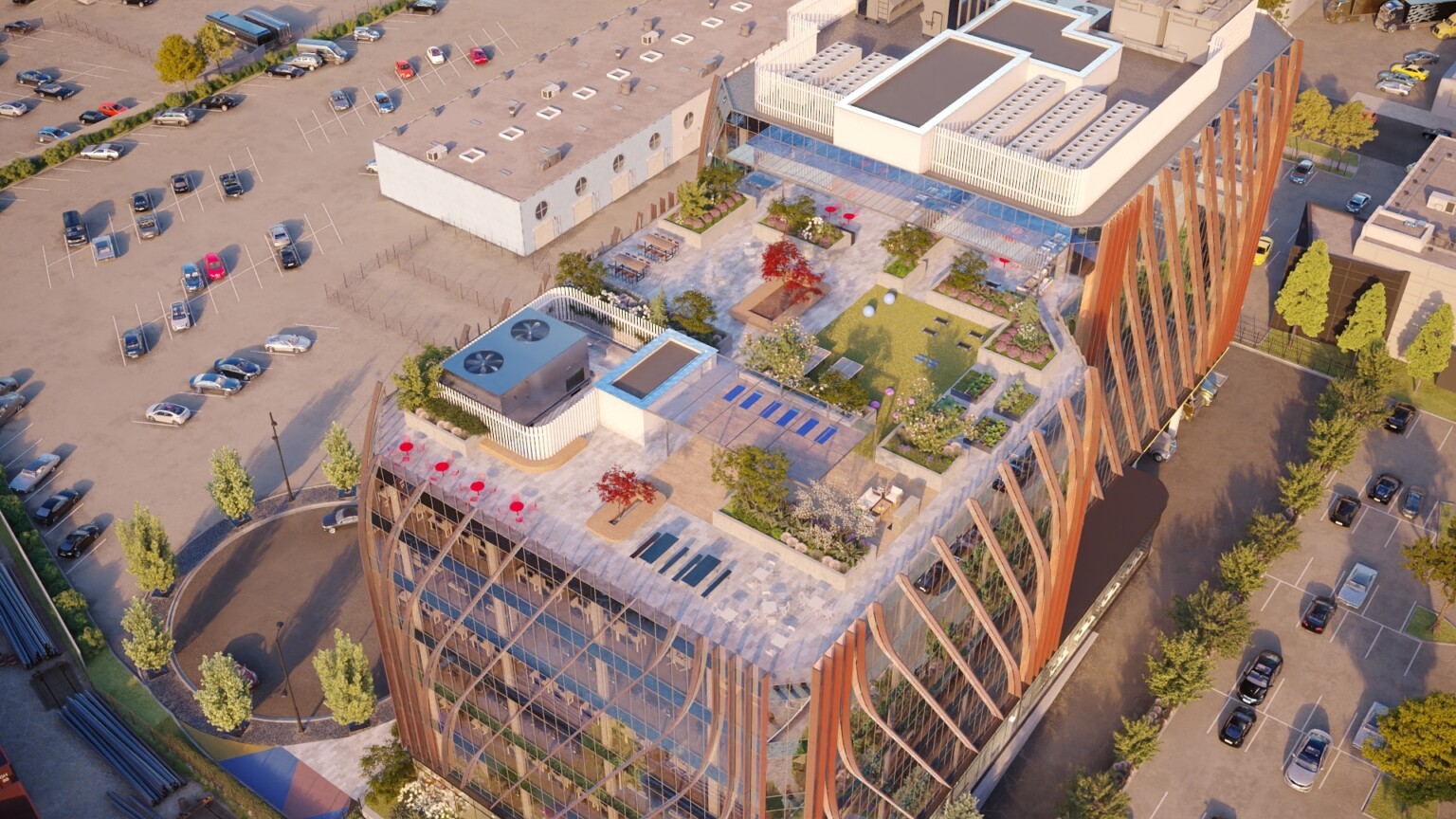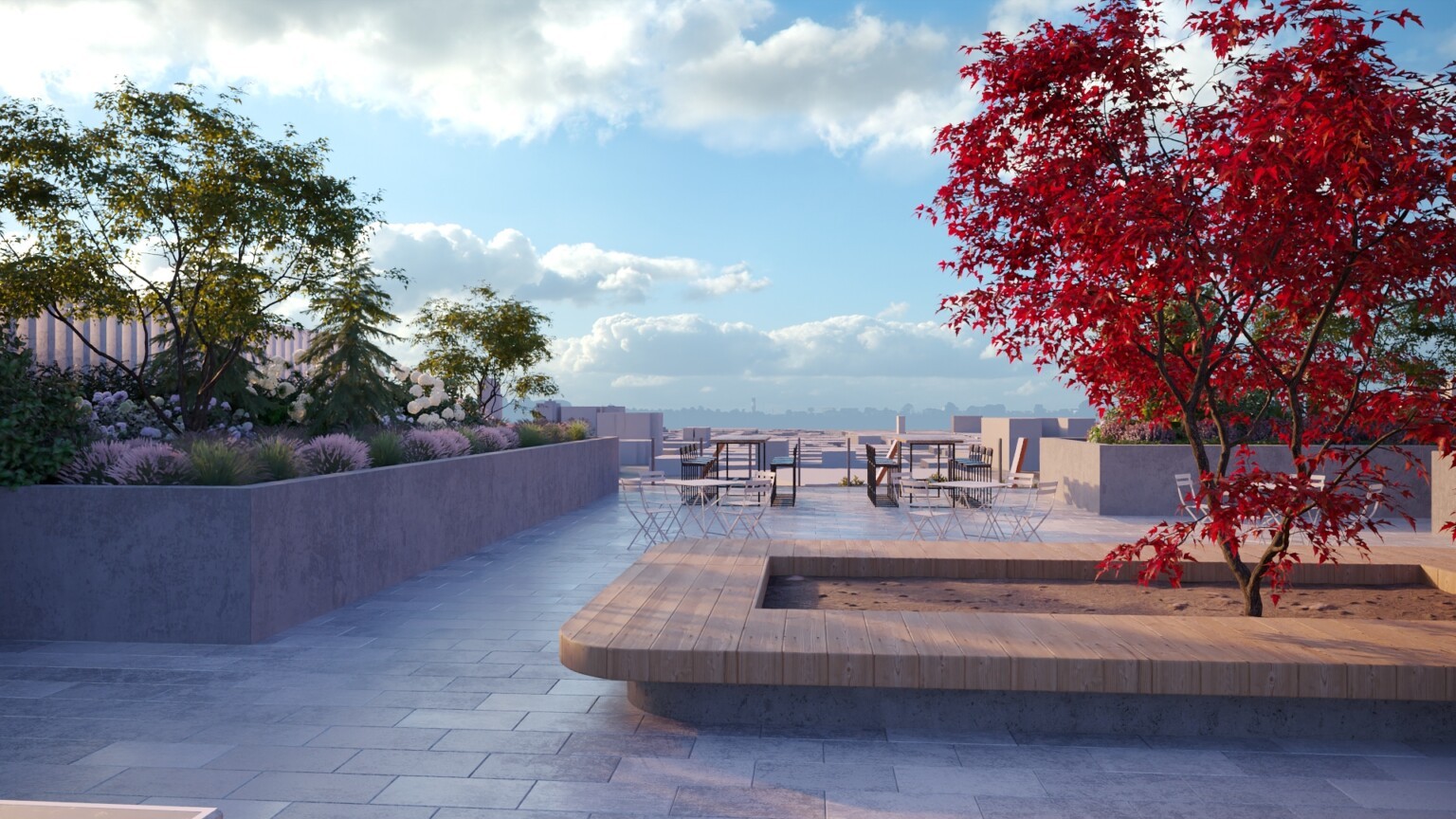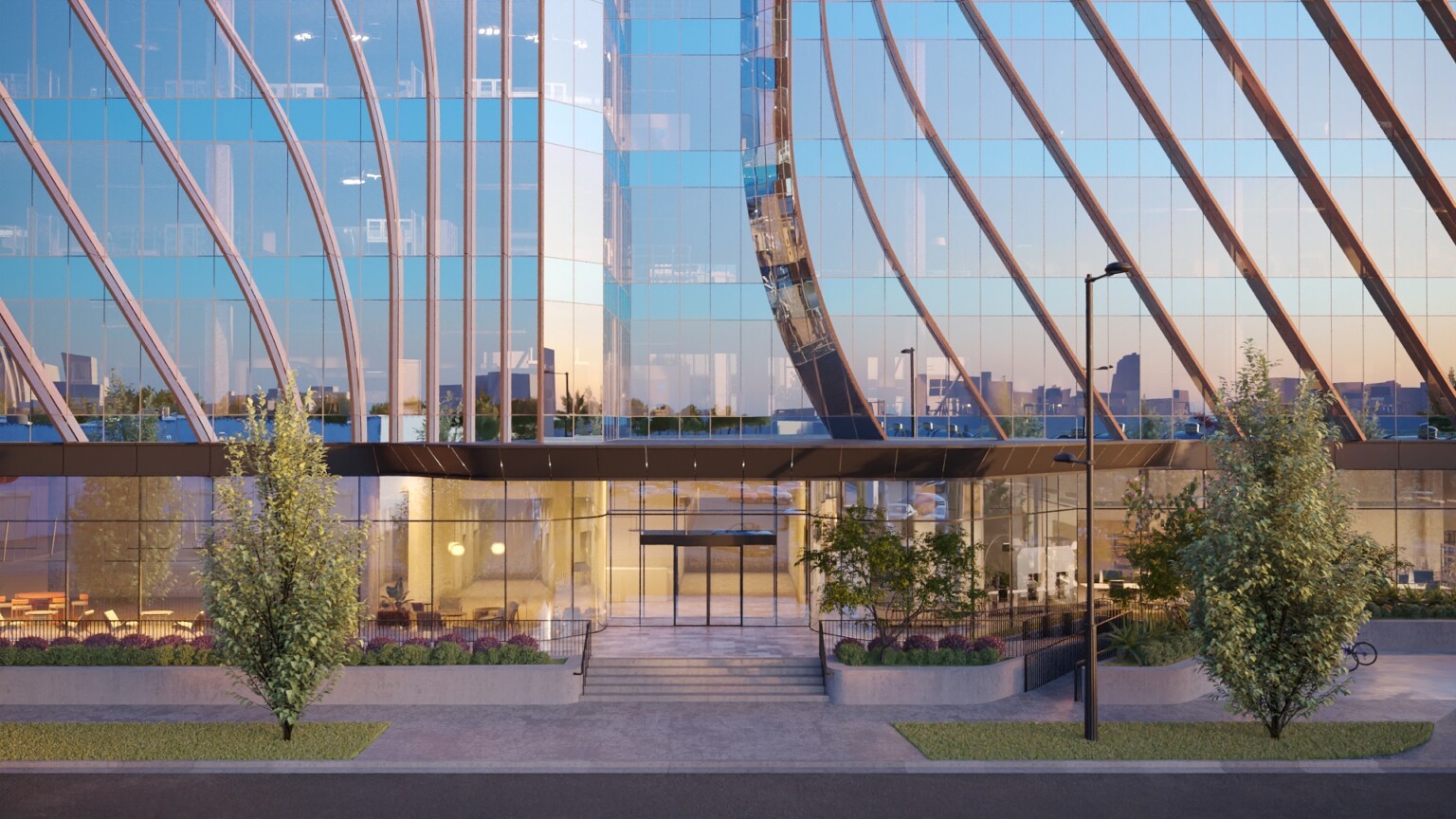Low Tide sees growth opportunity with Lab 29 development
Life science facilities are in high demand for Metro Vancouver.

A rendering shows Lab 29, a life science facility being developed by Low Tide Properties. – Low Tide
Key Takeaways:
- A string of successful biotech companies, support from the province and a pipeline of skilled workers is creating more and more demand for life science facilities in Metro Vancouver.
- Low Tide Properties has been gaining experience managing the asset class and is now proposing to build one from scratch.
- Their proposed facility, Lab 29, incorporates lessons they have learned and work could begin as early as this year.
The Whole Story:
Low Tide Properties is brewing up something special with its Lab 29 development.
The Vancouver project aims to establish an innovative life sciences and office building development that will neighbour the city’s leading hospitals and research facilities.
Named after the 29th element, copper, Lab 29 pays homage to the metal manufacturing facilities that inhabited the site in the past and the scientific research and development that will take place in the future. In addition to the name, the completed building will feature a striking copper colour intertwined throughout the property’s architecture.
Finding areas of growth
Why a life science building?
Adam Mitchell, vice president of asset management and development, explained that this is what Low Tide does: zooming in on specific cities and neighbourhoods to identify opportunities for growth.
“On a high level, this is what we do. We look for specific areas to invest in as we are not a broad market investor,” said Mitchell. “These areas are usually on the fringes of downtown. They are areas that might be slightly overlooked and there is a compelling growth story for specific real estate.”
Using this approach, Low Tide has zeroed in on asset classes like creative offices, flex industrial, flex urban industrial, multi-family rental and life science. The company cut its teeth by acquiring a series of properties in Vancouver’s False Creek Flats area. Some were originally built as life science facilities but had been turned into traditional office spaces.
“When we started managing these buildings we found the demand for life science space was outpacing office space so we started converting space back from office to laboratory,” said Mitchell. “Through this process we developed expertise in managing these buildings. We understand what tenants want and need out of the building and so we have made it a core part of our strategy.”
Building from scratch
With Lab 29, Low Tide is hoping to push the envelope with a modern, purpose-built life science facility.
Mitchel explained that he believes there are several factors driving demand for life science space. The overall sector is growing in Vancouver and B.C. as a whole. You have local success stories like AbCellera, a biotechnology company that researches and develops human antibodies. The company is best known for its leading role in the Pandemic Prevention Platform, a project for the U.S. government. In 2021, it reported more than US $375 million in revenue.
“These are really good success stories and they have continued to grow, making them strong employers in the region,” said Mitchell. “So more people are getting those science degrees, creating a strong pipeline of talent coming from the schools.”
The province has also done its part to create fertile conditions for science businesses, making it a key part of its economic strategy for the region. While all this makes for a good base to start a company, the lack of life science facilities creates a challenge.
Mitchell explained that many companies start in an incubator at a university, receive government funding to jump start their business, show results or a viable product to get investors, leave academia in search of space but then hit a wall at 20,000 square feet when they need to grow.
“Because of limited availability of space, they usually get acquired and rolled into existing spaces, or in the worst-case scenario, they get acquired by a U.S. company and are consolidated into a U.S. location” he said. “Part of that is just not having the option of available space.”
Work could begin this year
This story of growth potential attracted Low Tide and they have learned the intricacies of managing life science buildings.
“It’s not easy,” he said. “You need an experienced team that knows how the technological components of the buildings work,” he said.
The 230,000 square-foot facility’s design features large floor plates, high ceilings and full backup power so sensitive experiments or instruments aren’t impacted during an outage.
“Redundant backup power isn’t something you typically see in buildings,” said Mitchell. “But it’s one of the lessons we have taken from our existing portfolio.”
Low Tide also wants to help tenants compete for talent by including a large rooftop conference patio, fitness centre and end-of-trip facilities. The project currently awaiting its development permit which Low Tide expects to receive this summer. Shovels could be in the ground before the end of the year. The project team is currently marketing the building for lease.
More renderings of Lab 29:




